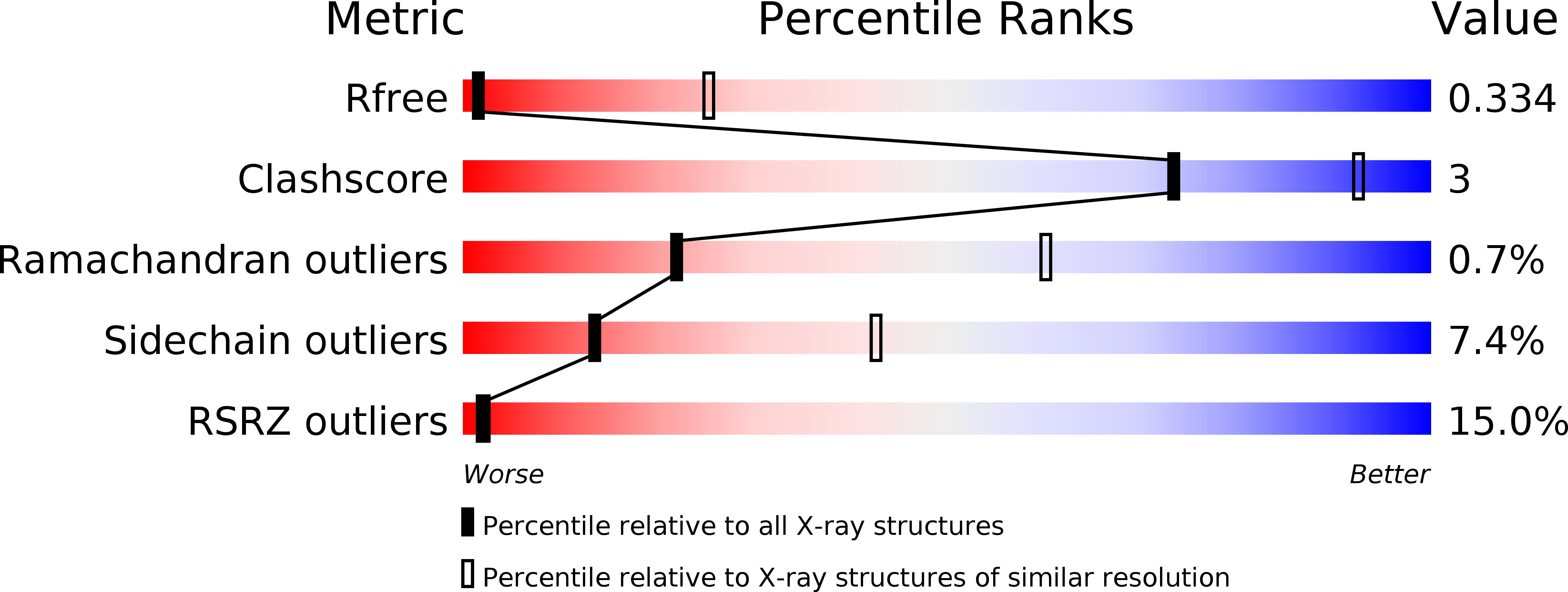
Deposition Date
2016-07-18
Release Date
2017-11-15
Last Version Date
2024-05-01
Entry Detail
PDB ID:
5LJ6
Keywords:
Title:
Structure of Aggregatibacter actinomycetemcomitans MacB bound to ATPyS (P6522)
Biological Source:
Source Organism:
Aggregatibacter actinomycetemcomitans (Taxon ID: 714)
Host Organism:
Method Details:
Experimental Method:
Resolution:
3.90 Å
R-Value Free:
0.32
R-Value Work:
0.26
R-Value Observed:
0.26
Space Group:
P 65 2 2


